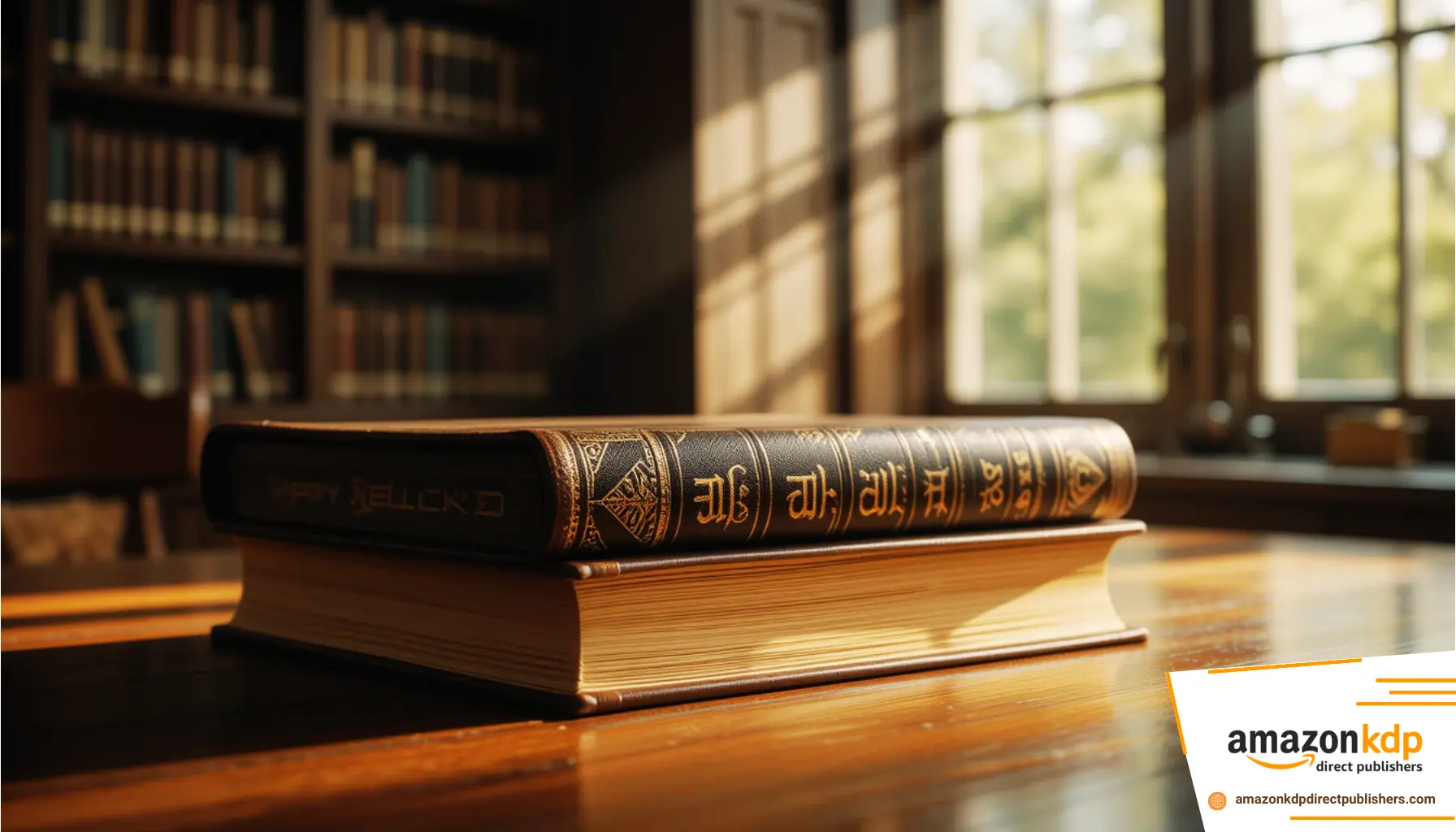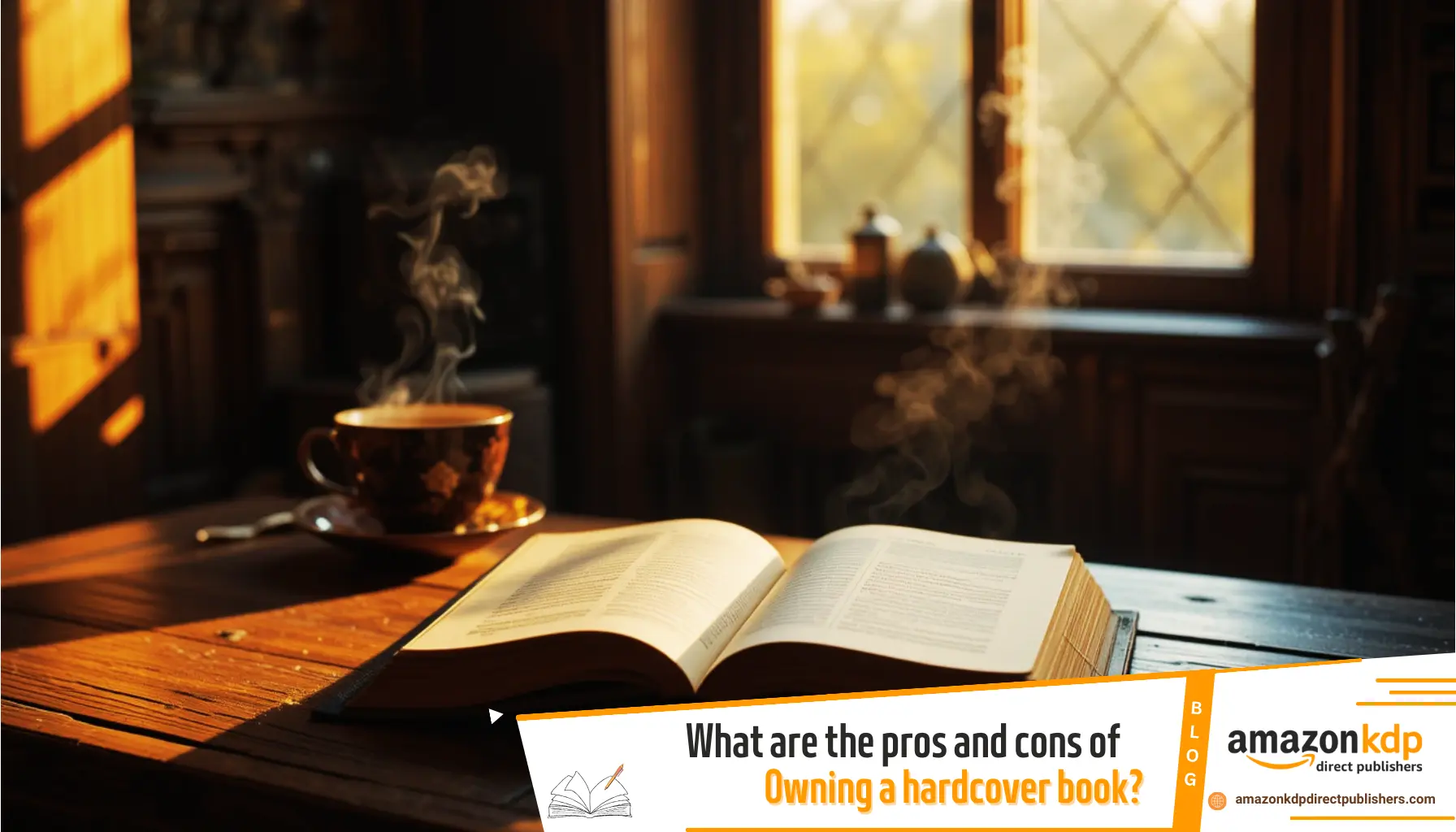5 Pros and Cons of Reading Hardcover Books
In the realm of literary consumption, the choice between a hardcover and paperback book often boils down to more than just price. Hardcover books, with their stately presence and robust construction, evoke a sense of permanence and prestige. But are these qualities worth the added cost and heft? This article delves into the nuanced world of hardcover books, exploring their advantages and disadvantages. From the tactile pleasure of turning crisp, high-quality pages to the practical challenges of portability and expense, we’ll weigh the pros and cons to help you decide if a hardcover’s allure aligns with your reading habits and lifestyle.
Pros of Owning a Hardcover Book:

- Durability: Hardcover books are more resistant to wear and tear due to rigid covers and high-quality bindings, making them ideal for long-term use or frequent re-reading.
- Aesthetic Appeal: They offer a premium, elegant look with features like embossed titles, dust jackets, and uniform spines, making them desirable for collectors or home decor.
- Quality Materials: Hardcover pages are often acid-free and higher quality, preventing yellowing or fading over time.
- Resale Value: They may retain value better than paperbacks, especially for first editions or collectible titles.
- Reading Experience: Their stable structure makes them less prone to bending, enhancing comfort during reading.
Cons of Owning a Hardcover Book:

- Higher Cost: They are typically 30–70% more expensive than paperbacks due to production costs and materials.
- Weight and Portability: Hardcovers are heavier and bulkier, making them less convenient for travel or commuting.
- Environmental Impact: They require more materials (e.g., paper, glue) and energy to produce, increasing their carbon footprint.
- Resale Uncertainty: While they may retain value, resale prices can be unpredictable and may not justify the initial cost.
- Less Convenience: They lack the lightweight, flexible design of paperbacks, making them harder to store or carry casually.
By weighing these factors, readers can decide if a hardcover’s durability and prestige outweigh its cost and practicality trade-offs.
Conclusion:
Ultimately, the decision to invest in a hardcover book is a personal one, balancing the tangible benefits of durability and aesthetic appeal against the practical considerations of cost and convenience. Hardcovers stand as testaments to the enduring power of the written word, offering a superior reading experience and potentially holding their value over time. However, their higher price point and bulkier nature may not suit every reader’s needs. Whether you’re a dedicated collector, a discerning reader, or someone simply seeking a more enduring addition to your library, understanding the trade-offs between hardcover and paperback formats empowers you to make an informed choice that best fits your preferences and circumstances.






